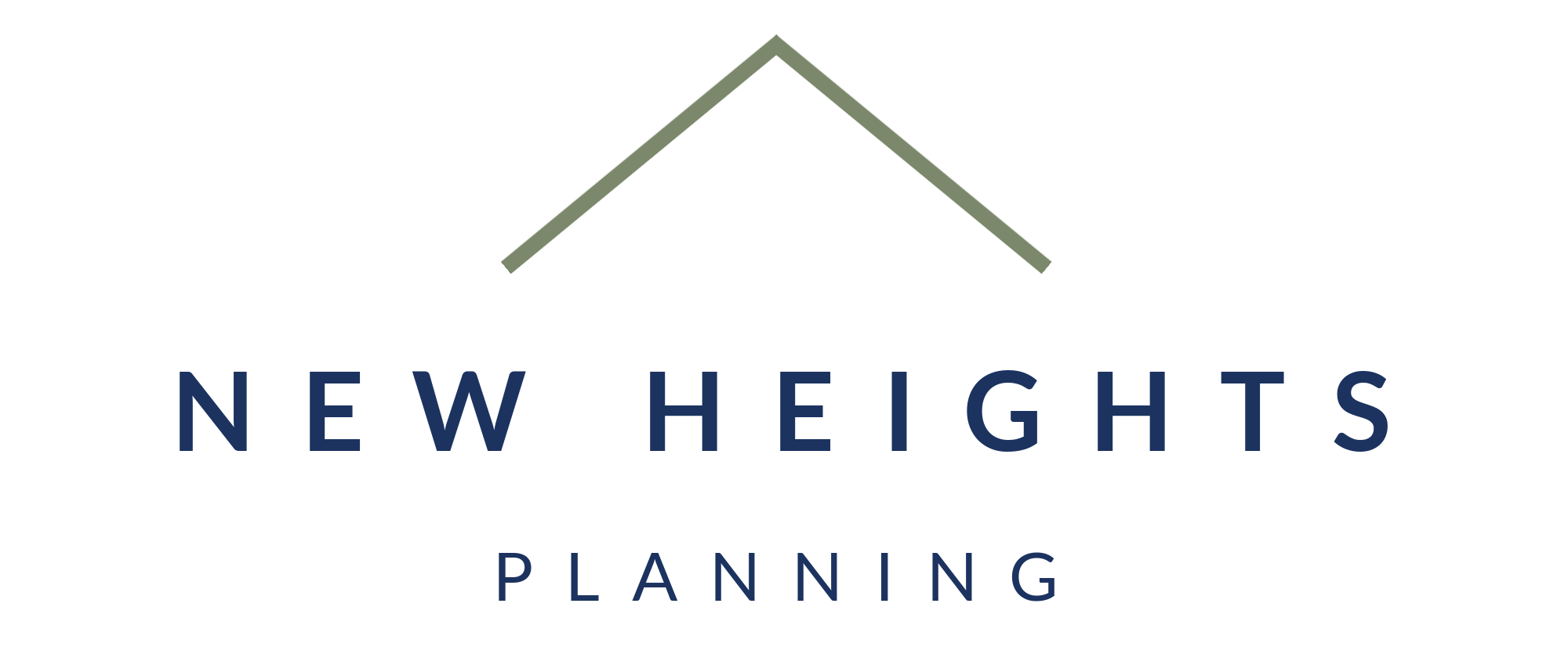Where to Stash Your Cash
Where to Stash Your Cash:
Full Transcript:
Interest rates have drastically increased over the past year. But after rates went up, a couple of banks recently failed. Let’s talk about the best place for you to stash your cash.
Your checking account is great for day-to-day transactions, but for your emergency fund and any other material cash savings, you probably want to keep this money separate from your checking account. A traditional savings account at your brick and mortar bank may be paying 0.2% in interest, up a 10th of a percent from a year ago. High-yield savings accounts, on the other hand, are paying upwards of 4% or more right now in interest. This is where a little bit of effort will really pay off.
Now, in addition to a high-interest rate, you want to make sure that the account has little to no fees, that your money is relatively easy to access, and that your money is safe. Let’s talk about what safe means.
First of all, do not put your emergency fund in the stock market. I love investing, but for your emergency fund, you need stability, and the stock market goes up and down.
Next, make sure that the accounts that you’re using are at a bank that is FDIC insured. FDIC, the Federal Deposit Insurance Corporation, is backed by the full faith and credit of the US government. Now FDIC limits are per person, per bank. So if they’re individual accounts, meaning you’re the only one on that account, you are covered for up to $250,000. Now, if you’re opening up joint accounts, you’ll be covered up to $500,000.
Now, let’s say that you’re opening up individual accounts at bank number one. Let’s say you have your checking here, which is $30,000, and you also have a $50,000 emergency fund. Now, let’s assume you’re saving up for a big purchase like a house, and you’ve saved up $250,000 for your downpayment at a separate savings account. All in all, you have $330,000 at bank number one. But because it is per person, per bank, you’re only covered for $250,000, should that bank fail. This means that you have $80,000 that is currently uninsured.
Now, to fix this, you open up an account at a different FDIC insured bank and move money over here. Now you have $250,000 covered at bank number two, $80,000 covered at bank number one, and all $330,000 is covered by FDIC insurance.
Now we’re talking about some pretty large sums of money. For your emergency fund and short-term savings, cash is a great place to keep your money. However, cash is not a really good long-term investment. Make sure that you are giving every dollar a purpose so that you are getting the most value out of your money.



